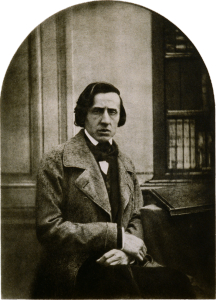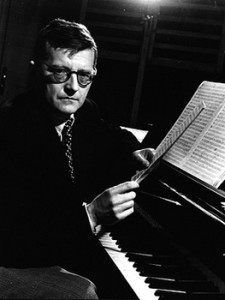March 23, 2025, Gunn Theater at the California Palace of the Legion of Honor – This trio of Alexander Barantschik, violin; Anton Nel, piano; Peter Wyrick, cello, always presents magnificent music, and they let the audience know how exciting their Chamber Music can be. Alphabetically, here they are:
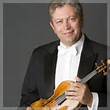 Alexander Barantschik, violin, has been the Concertmaster of the San Francisco Symphony since 2001. He was previously concertmaster of the Bamberg Symphony Orchestra, the London Symphony Orchestra, and the Netherlands Radio Philharmonic. He played in chamber music and as a soloist through Europe and toured with the LSO through Europe, Japan, and the US.
Alexander Barantschik, violin, has been the Concertmaster of the San Francisco Symphony since 2001. He was previously concertmaster of the Bamberg Symphony Orchestra, the London Symphony Orchestra, and the Netherlands Radio Philharmonic. He played in chamber music and as a soloist through Europe and toured with the LSO through Europe, Japan, and the US.
 Anton Nel, pianist, tours as a recitalist, soloist, chamber musician, and teacher. He has performed with the Cleveland Orchestra, Chicago Symphony, Dallas Symphony, Seattle Symphony, and others. He made his San Francisco Symphony debut in 1994. He holds an endowed chair at the University of Texas at Austin and is on faculty at the Aspen and Ravinia Festivals. He is also a harpsichordist and fortepianist.
Anton Nel, pianist, tours as a recitalist, soloist, chamber musician, and teacher. He has performed with the Cleveland Orchestra, Chicago Symphony, Dallas Symphony, Seattle Symphony, and others. He made his San Francisco Symphony debut in 1994. He holds an endowed chair at the University of Texas at Austin and is on faculty at the Aspen and Ravinia Festivals. He is also a harpsichordist and fortepianist.
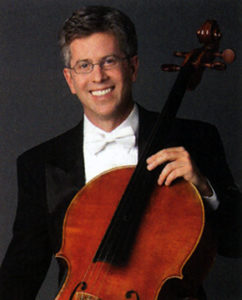 Peter Wyrick, cellist, joined the SF Symphony 1986-1989 and then returned as Associate Principal Cello, 1999-2023. He retired last season. He was principal cello for the Mostly Mozart Orchestra and associate principal cello for the New York City Opera. He played soloist with the SFS in music by C.P.E Bach, Leonard Bernstein, Haydn, Tan Dun’s Crouching Tiger, Hidden Dragon. He has collaborated with Joshua Bell, Jean-Yves Thibaudet, Yefim Bronfman and more.
Peter Wyrick, cellist, joined the SF Symphony 1986-1989 and then returned as Associate Principal Cello, 1999-2023. He retired last season. He was principal cello for the Mostly Mozart Orchestra and associate principal cello for the New York City Opera. He played soloist with the SFS in music by C.P.E Bach, Leonard Bernstein, Haydn, Tan Dun’s Crouching Tiger, Hidden Dragon. He has collaborated with Joshua Bell, Jean-Yves Thibaudet, Yefim Bronfman and more.
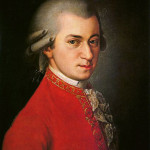 Wolfgang Amadeus Mozart, composer (1756-1791)
Wolfgang Amadeus Mozart, composer (1756-1791)
The program for the trio’s concert was superb. Three selections, each one was entirely different from the others except for the greatness of the music. Mozart’s Piano Trio in B-flat major, K. 502 opened the concert. it was exactly Mozart’s touch and holds an important role in the evolution of the piano trio. In the mid-1780s, Haydn and then Mozart moved to give each of the instruments its own importance; no longer a sonata which focuses on the violin and piano, leaving the cello in a lesser role. Although Mozart originally wrote “Sonata” on the work, he changed it to Terzett/Trio. This Trio was one of two which Mozart created in 1786. The first movement, Allegro, was led by the piano. The music was written to keep a lovely melody with a theme that builds as it offers new harmonies and lets the instruments weave the music through taking turns like a jump rope competition. The second and third movements are not shy. The Larghetto is quiet but does not hold back until it excites the finale Allegretto into new emotions and adornments.
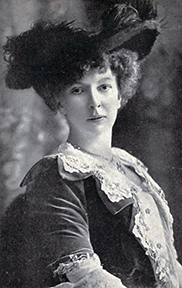 Cecile Chaminade, composer, pianist (1857 – 1944)
Cecile Chaminade, composer, pianist (1857 – 1944)
After the Mozart trio, Anton Nel took the stage. Through the medium of the piano, he brought French composer, Cecile Chaminade, to life. Her music is full of rhythm, melody, well rounded sound that seemed to travel through the audience as though she was reaching every listener. Although she was gifted with musical talent, her father refused to let her attend the Paris Conservatory. She found a composer, Benjamin Godard, who would teach her privately. She wrote 400 pieces including symphonies, piano works, a concertino for flute, songs. Some critics, then and now, state that she could only produce minor works, small affairs that were popular. She sold her music on sheet music and piano rolls. She was popular in England and the USA. The criticism of her work was on her consistent creations that were Romantic, melodic, and in the groove of Faure and Saint-Saens. That she did not try to “advance” to Schoenberg or Stravinsky troubled some, but there already were Schoenberg and Stravinsky. Nel played two Chaminade works: Automne, Etude de concert, Opus 35, no. 2, and Theme varie, Opus 89. They were wonderful, making music that had energy, movement, and hidden, unspoken songs. It made this listener feel there was a drama within the music. It stirred the audience, all full of surprise. If anyone tells you it is not significant music, tell that person that President Theodore Roosevelt invited her to lunch, and they did lunch. Significant. A lot of Americans and the English were swept away by her. Listen.
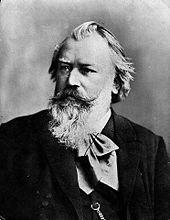 Johannes Brahms, composer (1833 – 1897)
Johannes Brahms, composer (1833 – 1897)
Brahms had a very successful vacation of three, summer months of 1886. He did not go there to hang out. He wrote the F-major Cello Sonata, A-major Violin Sonata, C-minor Piano Trio, C-minor Violin Sonata, and some songs. He used his time well. There was no TV. No movies. No baseball. He had a vacation which left him needing a vacation. The Piano Trio No. 3 in C minor, Opus 101 is big, dense, powerful music. He begins it with power. We are not easing into this experience. Boom; this Piano Trio is more like a symphony than chamber music. These three great musicians let the audience hear it like a symphony . He introduces a second theme featuring the violin and cello. It is balancing both the instruments and the themes; balance is important. Like a fine dancer, he does it because he can. At some point in his composing, he might have chosen to keep nothing extraneous out in the open. Instead, it is felt that there is more than one sees or hears. The second movement, Presto non assai, is light, transparent, a spider web in weight or movement in a direction impossible to know. Its delicacy is its strength. Then, he moves into an Andante grazioso. It could rub your nerves a bit the wrong way. It is lovely, but it makes the audience wonder why it makes one anxious. Is this grazioso as the name suggests? There is something about Brahms’ rhythms. There are three measures of 3/4 time and then two measures of 2/4 time. Brahms scholars observe that he engages his enjoyment of Hungarian rhythms in the music, and also that of a Serbian folk song. As he took his fascinating rhythm to the open air of Hofstetten, near Lake Thun in Switzerland, he might just try stepping in the rhythms on the edge of the mountains. That alone could be why he succeeds in mixing and matching these rhythms and then, having stayed upright, he gives us a happy ending. He dances on the edge.
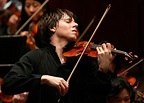

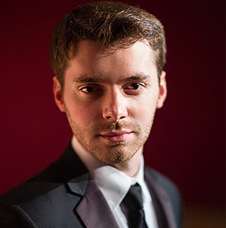
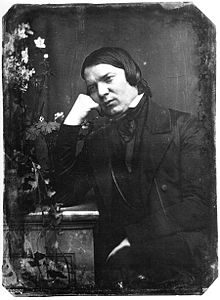
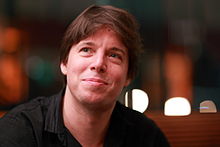
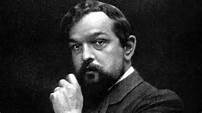 Claude Debussy (1862-1918
Claude Debussy (1862-1918
 Clara Schumann (1819-1896)
Clara Schumann (1819-1896)